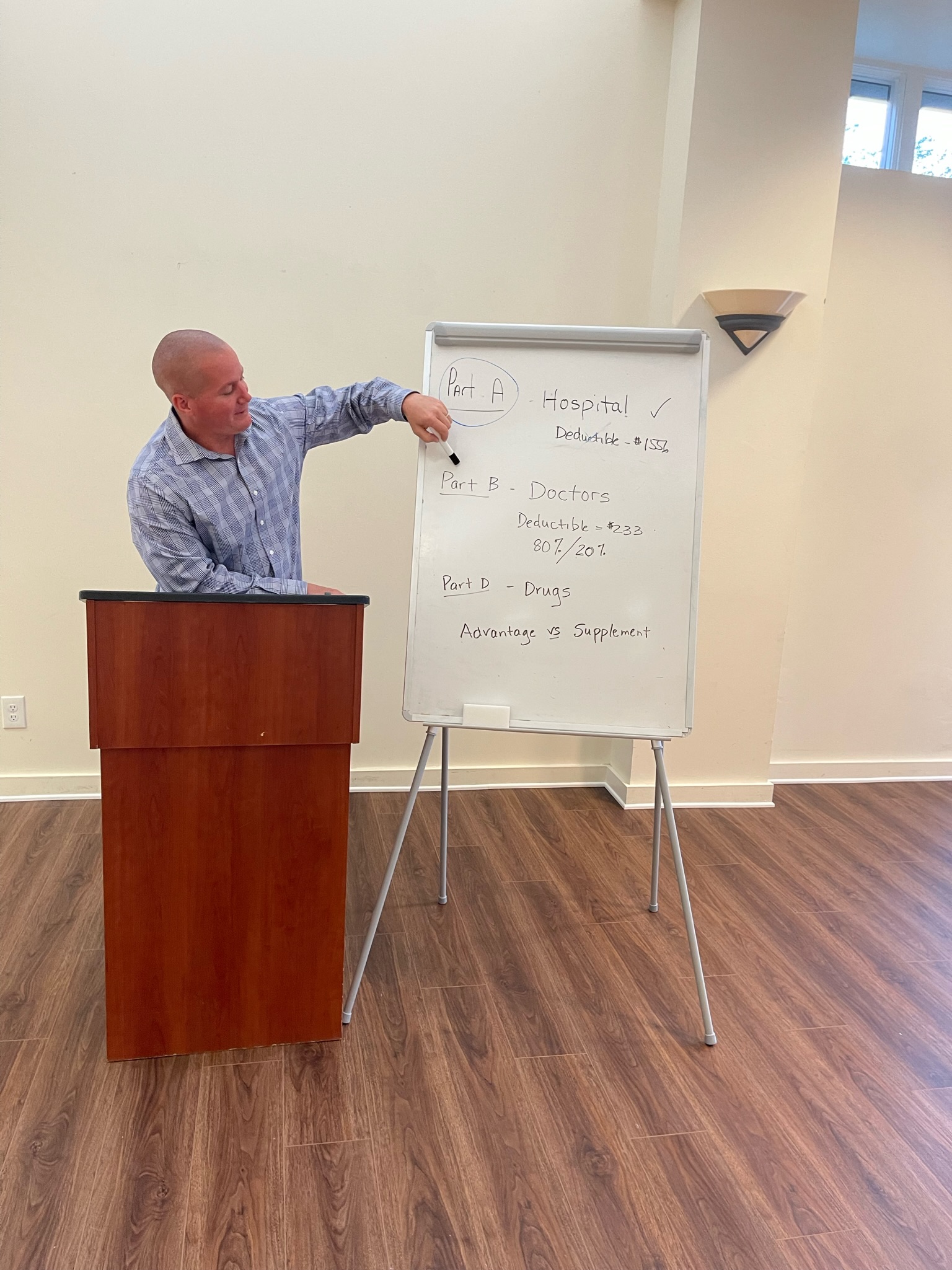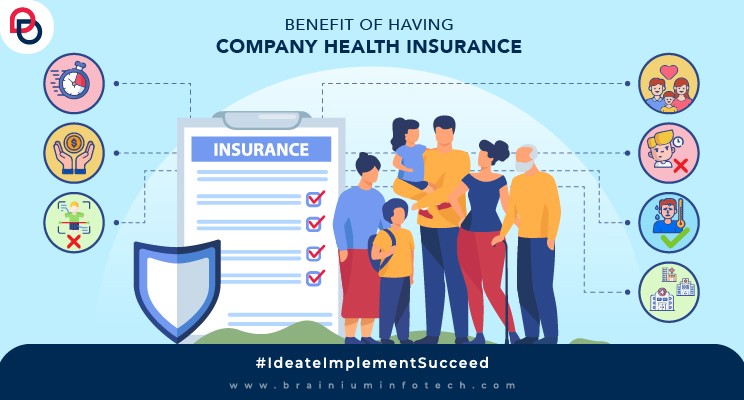The Only Guide to Medicare Advantage Agent
The Only Guide to Medicare Advantage Agent
Blog Article
See This Report about Medicare Advantage Agent
Table of ContentsRumored Buzz on Medicare Advantage Agent4 Easy Facts About Medicare Advantage Agent ExplainedThe Only Guide to Medicare Advantage Agent


follows from adheres to the perplexing young reasonably profile of account uninsured with the better healthMuch better on average, of younger persons. For those without access to workplace health insurance policy, inadequate wellness is a possible obstacle to purchasing nongroup insurance coverage since such coverage might be very valued, omit pre-existing problems, or be merely unavailable. Unless or else noted, national estimates of people without health insurance coverage and percentages of the population with different kinds of coverage are based on the CPS, the most extensively utilized resource of estimates of insurance policy coverage and uninsurance prices.

Our Medicare Advantage Agent Statements
The partnership in between health insurance coverage and access to care is well developed, as recorded later in this chapter. The relationship in between health and wellness insurance and wellness outcomes is neither straight nor simple, an extensive scientific and health and wellness services research literature web links health and wellness insurance coverage
to improved enhanced accessibility care, better qualityTop quality and improved enhanced and population health health and wellness. The 2nd record, on personal health outcomes for without insurance adults, is stood for by the inner circle of the figure, while the 3rd report, on family well-being, incorporates the subjects of the 2nd report but stresses a various unit of evaluation, particularly, the family.
In addition, it focuses particularly on those without any medical insurance for any kind of size of time. The troubles dealt with by the underinsured remain in some respects comparable to those faced by the without insurance, although they are typically less severe. Uninsurance and underinsurance, nevertheless, involve noticeably various plan issues, and the methods for addressing them might vary. Throughout this research and the five reports to follow, the primary emphasis is on individuals without any medical insurance and hence no aid in paying for wellness treatment past what is readily available with charity and safeguard establishments. Health insurance coverage is an effective element impacting invoice of treatment since both clients and medical professionals reply to the out-of-pocket cost of services. Health and wellness insurance policy, nonetheless, is neither necessary neither enough to get to clinical services. However, the independent and straight effect of health and wellness
insurance policy coverage on accessibility to wellness services is well established. Others will certainly acquire the healthcare they need even without health and wellness insurance policy, by paying for additional reading it expense or seeking it from providers who use treatment cost-free or at very subsidized rates. For still others, medical insurance alone does not guarantee invoice of care since of other nonfinancial obstacles, such as a lack of healthcare providers in their community, limited accessibility to transportation, illiteracy, or linguistic and cultural distinctions. Formal study regarding uninsured populaces in the USA dates to the late 1920s and very early 1930s when the Board on the Price of Treatment created a series of reports concerning financing doctor workplace sees and hospitalizations. This concern became significant as the varieties of medically indigent climbed during the Great Clinical depression. Empirical research studies continually support the link between accessibility to care and improved health and wellness outcomes(Bindman et al., 1995; Starfield, 1995 ). Having a routine source of treatment can be thought about a predictor of gain access to, instead of a straight step of it, when wellness end results are themselves utilized as gain access to indicators. This extension of the concept of accessibility dimension was made by the IOM Committee on Checking Accessibility to Personal Healthcare Services(Millman, 1993, More Info p. Whether moms and dads are insured shows up to influence whether their kids receive care as well as how much careeven if the kids themselves have insurance coverage(Hanson, 1998). The wellness of moms and dads can impact their capacity to care for their children and the level of family stress and anxiety. Fretting about their kids's accessibility to care is itself a resource of anxiety for parents. 3 chapters comply with in this report. Phase 2 provides a summary of how employment-based wellness insurance coverage, public programs and specific insurance coverage operate and connect to provide comprehensive however incomplete protection of the united state population. This consists of a review of historical fads and public laws affecting both public and private insurance coverage, a discussion of the interactions amongst the various kinds of insurance, and an examination of why individuals relocate from one program to one more or wind up

Report this page